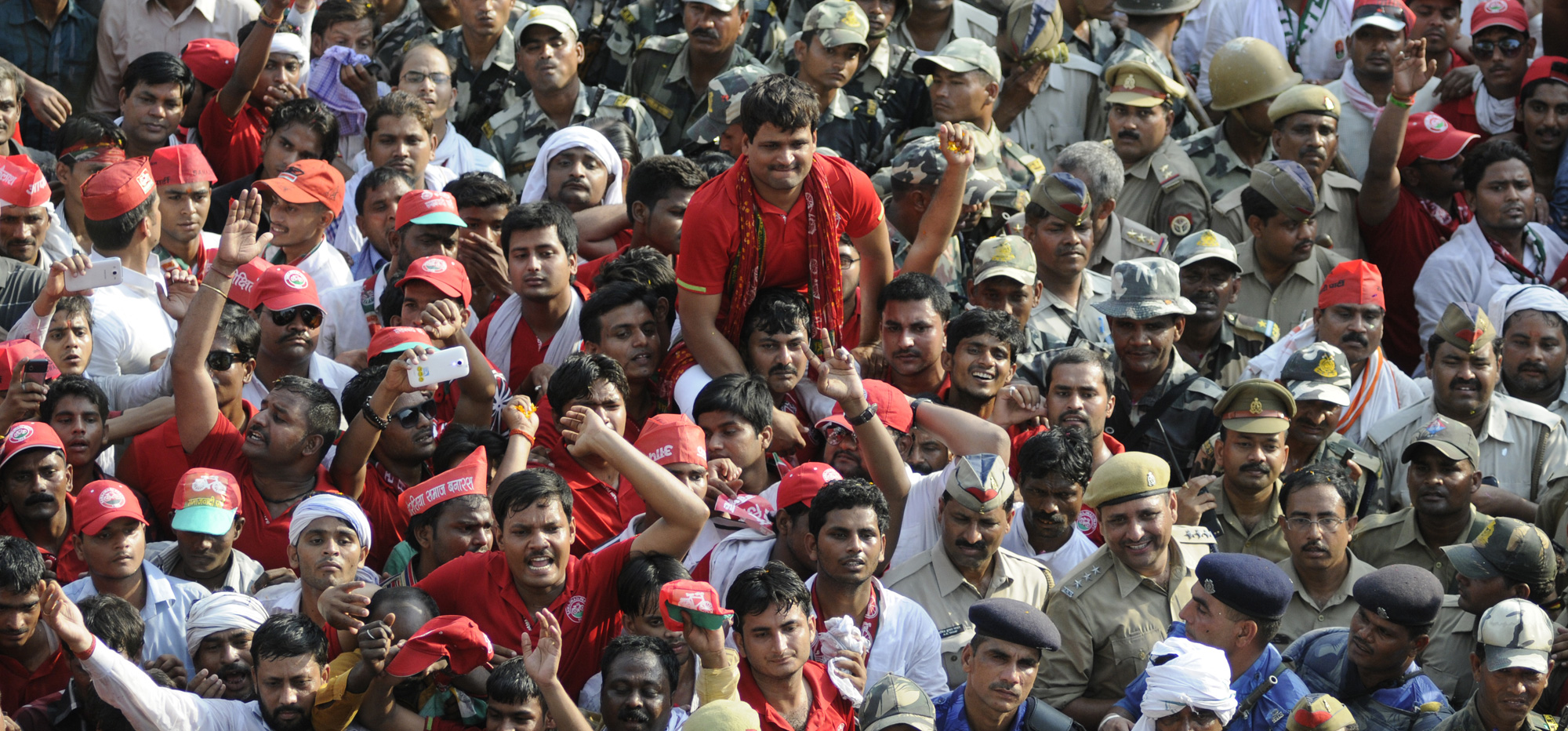Can a presupposition be presumptuous? It has been believed, over the years, that the road to political power in Delhi must pass through Uttar Pradesh. In other words, a political party is assured of the sceptre at the Centre if it sweeps the election for the Lok Sabha in UP since the state, large and populous, offers the highest number of seats to the lower House. The news of the Samajwadi Party and the Bahujan Samaj Party and, possibly, the Rashtriya Lok Dal, fighting the general elections together in UP has bolstered the Opposition’s spirits and deepened the frowns within the Bharatiya Janata Party. But it is also true that parties have tasted electoral success in spite of a poor or moderate performance in UP. In 2004, the Congress had won nine seats there, but went on to lead the United Progressive Alliance at the Centre. Five years later, of the Congress’s total kitty of 206 seats, UP had contributed a meagre 21. This goes to show that the Congress’s performances in other parts of India played a significant role in fuelling its race for the throne. The BJP, on the contrary, has a disproportionate dependence on UP when it comes to forming the government in Delhi. This could be because the BJP has traditionally been projected as a force to reckon with in the ‘heartland’. The southern part of India continues to defy the BJP’s electoral juggernaut. Its success in the Northeast is also of recent vintage. Contrastingly, the Congress has managed to win the mandate even after losing UP, usually comprehensively. Does that mean that the Congress, a diminished political entity compared to the behemoth that it was after Independence, retains its appeal among a wider cross-section than its principal rival in this diverse polity?
This is not to suggest that the outcome in UP would be completely incidental to the larger picture that is likely to unfold after the general elections. A strong showing by the Opposition in a state that the BJP had swept in 2014 and, again, three years later, this time in assembly polls, could be a potent symbol of the extent of the BJP’s rejection in its own backyard. This would undoubtedly come as a shot in the arm for the BJP’s opponents. Phulpur, Gorakhpur and Kairana have shown that the Opposition may not be building castles in the air.










